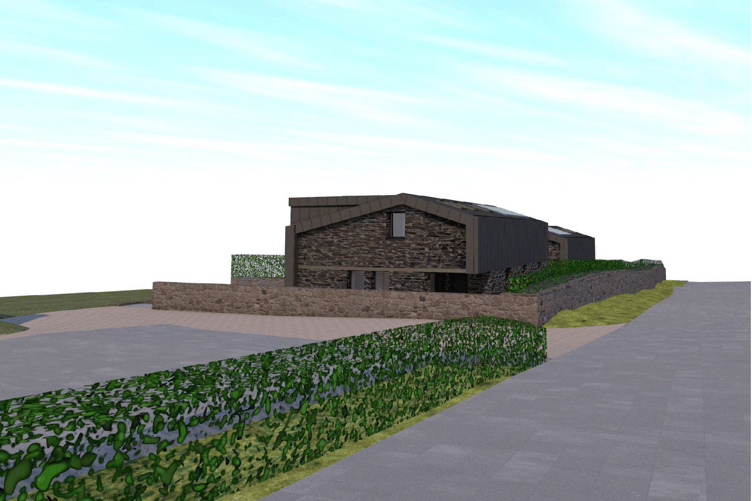PLANS to convert an agricultural building into two dwellings in St Minver have been thwarted by Cornwall Council.
An application had been made for the construction of two dwellings at Trenant Hanger, St Minver, Wadebridge.
The Council had previously approved plans to convert the agricultural barn into two dwellings under the Class Q scheme and the planning documents submitted by the applicant’s agent said that it was a ‘significant material consideration’ that in their view would enable the development.
However, in response to the full planning application which would have seen the demolition of the barn, Cornwall Council’s planning department said that in their view, the development of ‘open countryside’ from the existing agricultural building into two new dwellings would be an unacceptable encroachment.
While acknowledging that the plans for two new dwellings had the potential to be an improvement on building performance compared to the permitted scheme to convert the existing agricultural building, the authority added that this did not outweigh the visual impact that the proposed development would have if allowed.
St Minver Parish Council said it objected to the plans. It responded to the consultation by stating: “The existing building is not read with other dwellings and is seen as an agricultural building in the open countryside and the key characteristics should be retained, and because of that the size, scale and bulk are not acceptable.”
Refusing the application, Cornwall Council’s planning department told the applicant: “The site is in the open countryside and the proposed replacement of an agricultural building with two dwellings conflicts with the provisions of policy seven of the Cornwall Local Plan Strategic Policies 2010-2030 and 2.6 of the St Minver Parishes Neighbourhood Development Plan 2017-2030 which permit new dwellings in the countryside.
“The proposal is not therefore considered to accord with the spatial strategy of the development plan. The extant Class Q permission is a material consideration. However, the proposed development would by reason of the layout, scale, massing and design result in a visually prominent development whose character is at odds with its agricultural setting and harmful to landscape beyond that of the fallback.
“There are some modest benefits associated with the improved building performance achieved and the securing of primary connection occupancy through application of 2030 over and above those achievable under the extant Class Q permission. However, these benefits are not considered to outweigh the identified additional landscape harm nor the conflict with the spatial strategy of the development plan and the proposal is not considered to represent sustainable development. The proposal does not amount to sustainable development.
“All other matters raised have been taken into account, but none are of such significance as to outweigh the considerations that have led to the conclusion.”





Comments
This article has no comments yet. Be the first to leave a comment.